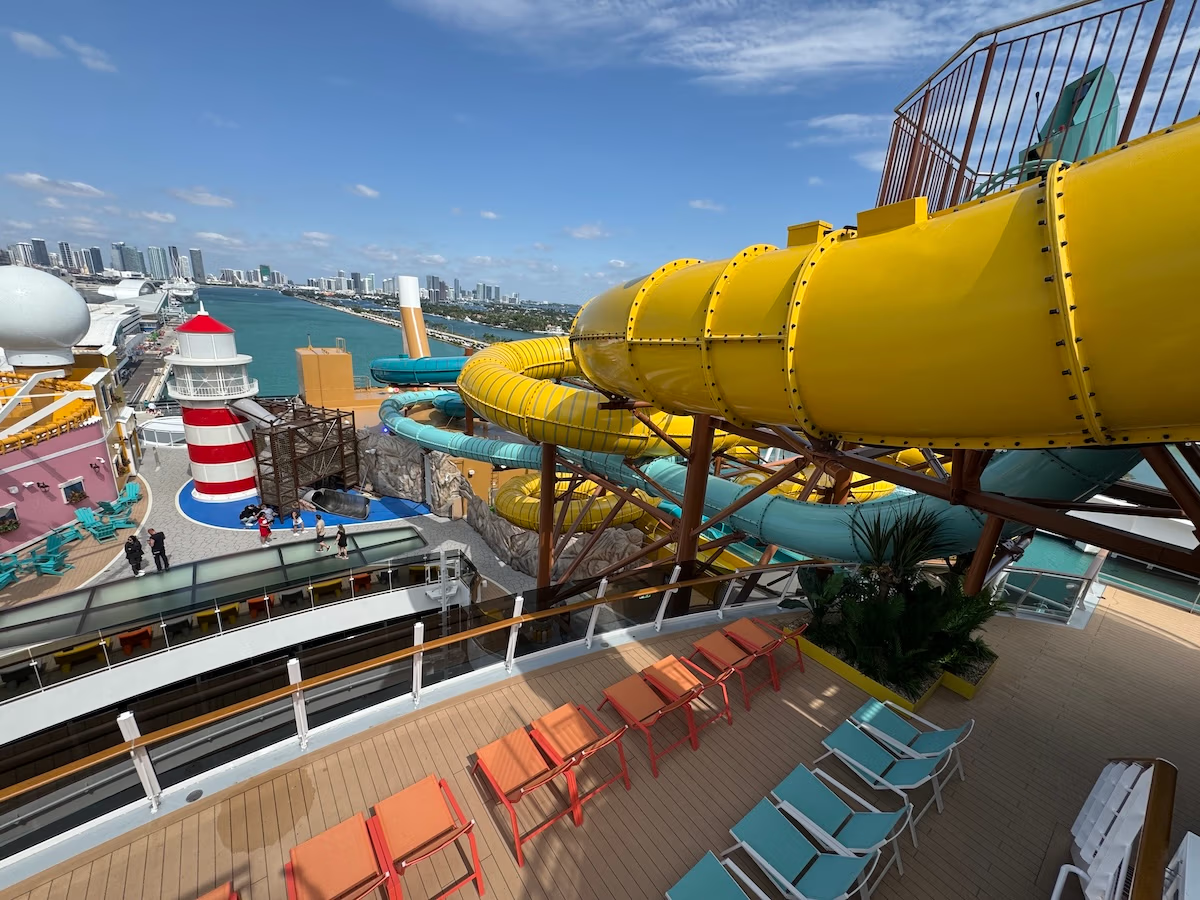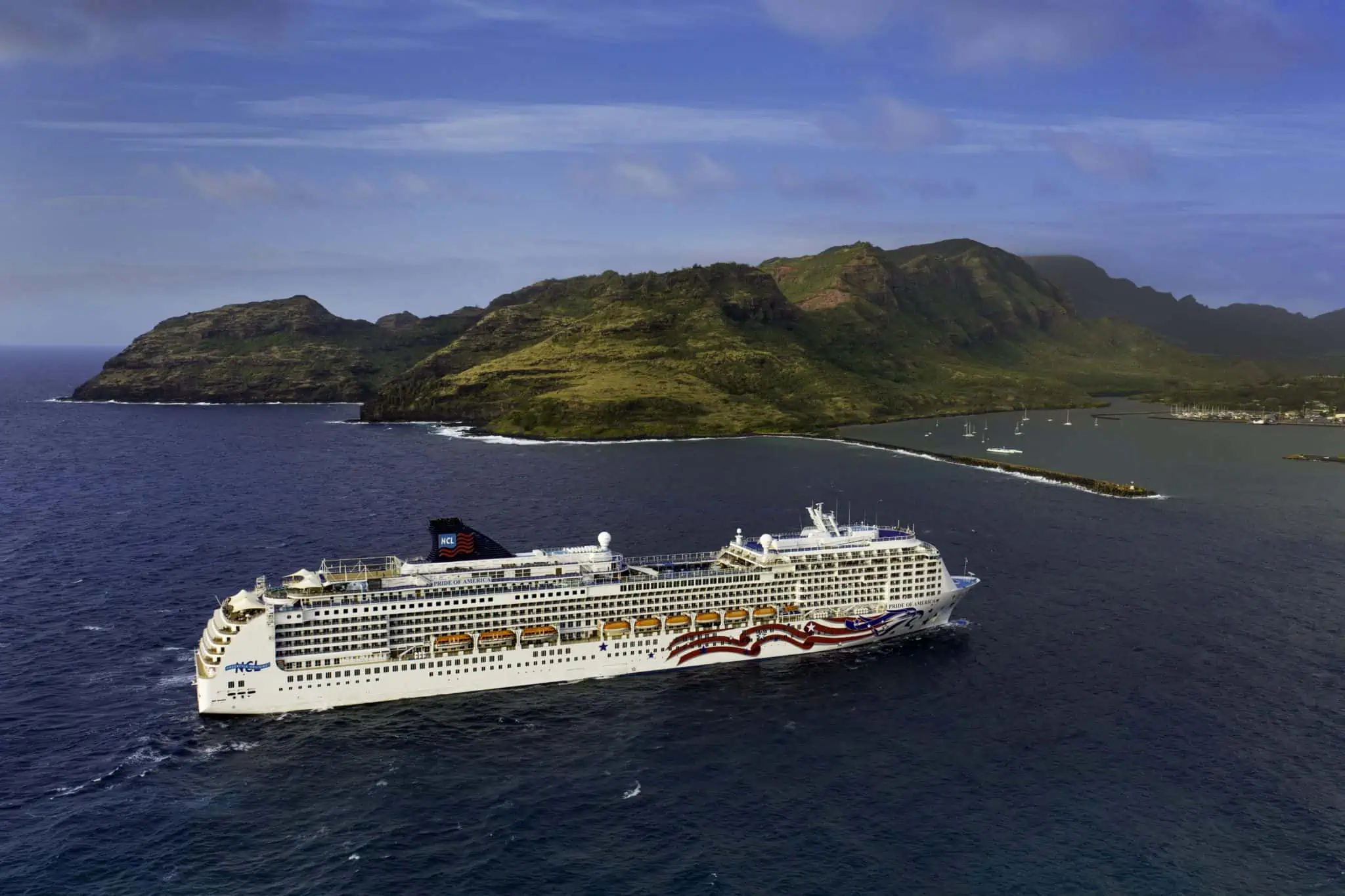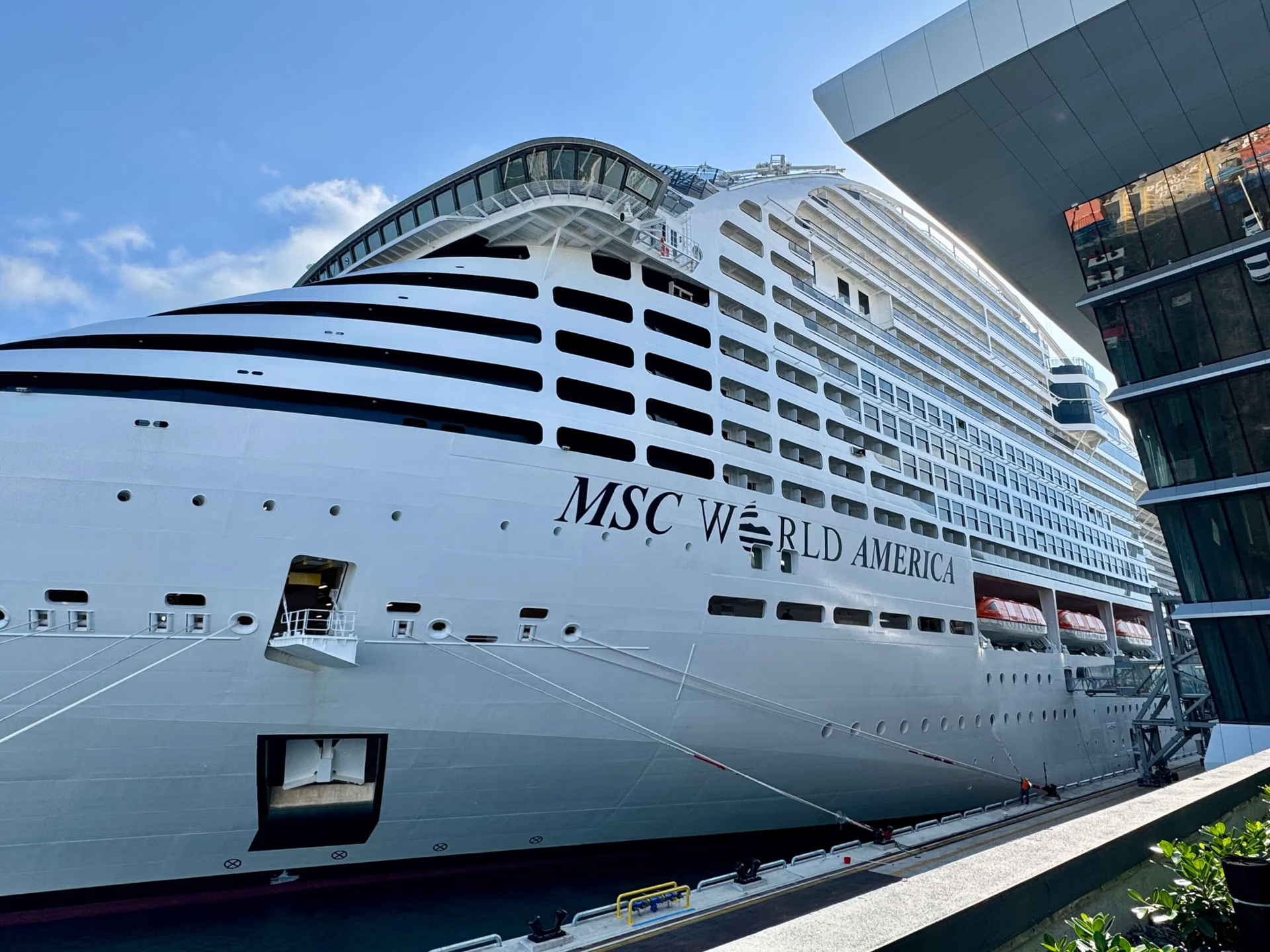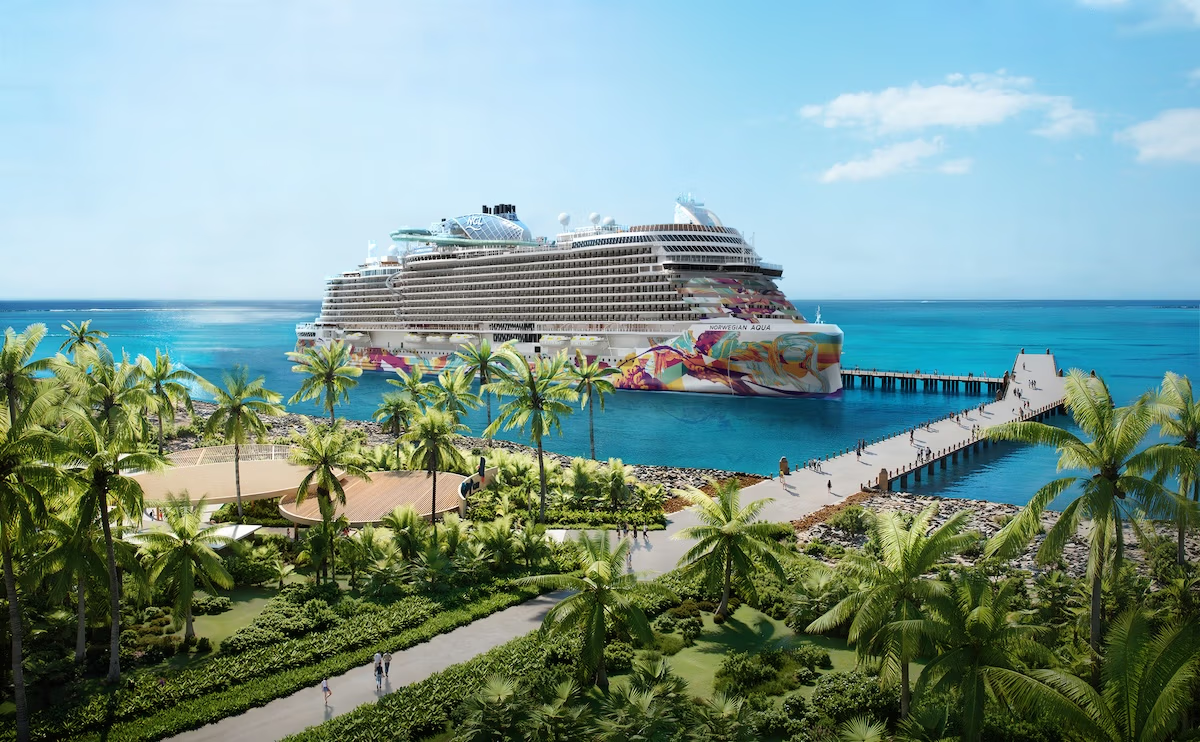The Virgin Islands Port Authority (VIPA) has approved a $199 million budget for fiscal year 2025, representing a 19% reduction from the previous year’s $246 million budget.
The budget was finalized this past fall during a special meeting held in St. Thomas.
Revenue Projections and Cruise Traffic Growth
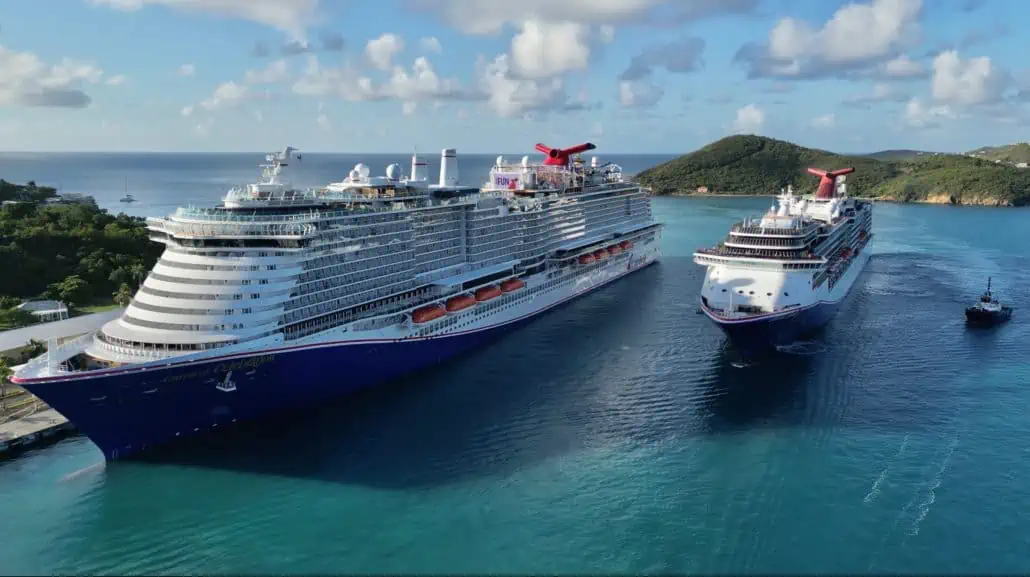
The port authority anticipates generating $77.5 million in revenue for fiscal year 2025, alongside $69.5 million in federal grants and $5.4 million in Passenger Facility Charges. Expenses, including depreciation, are projected at $83.3 million.
Cruise ship calls are expected to rise by 18%, with 595 scheduled visits across the Virgin Islands, up from 506 in fiscal year 2024.
The largest growth will be in St. Croix, where calls are projected to increase by 85% year-over-year, from 67 to 101. Passenger traffic overall is forecasted to grow by 11%.
In 2024, cruise passengers docking at the Austin Monsanto Marine Terminal in Crown Bay, St. Thomas, or the Ann E. Abramson Marine Facility in Frederiksted, St. Croix, were required to pay a $5 Capital Cost Recovery Charge.
Details of Virgin Islands Tax Increases

The updated fees will raise port dues and wharfage fees in the St. Thomas-St. John district, effective early 2025.
| Fee Type | Current Rate | New Rate | Effective Date | Purpose |
|---|---|---|---|---|
| Port Dues | $6.84/passenger | $9.84/passenger | April 1, 2025 | Fund Charlotte Amalie Harbor dredging |
| Wharfage (WICO Dock) | $7.80/passenger | $8.24/passenger | January 1, 2025 | Support marine operations and expenses |
| Wharfage (Crown Bay/St. John) | $7.80/passenger | $8.24/passenger | April 1, 2025 | Support marine operations and expenses |
The $3 per-passenger increase in port dues will directly support the $40 million Charlotte Amalie Harbor dredging project. Meanwhile, wharfage fee increases will fund general marine operations.
The West Indian Company (WICO) and VIPA will collect these fees depending on the ship’s docking location.
Broader Industry Impact: Cruise Taxes on the Rise
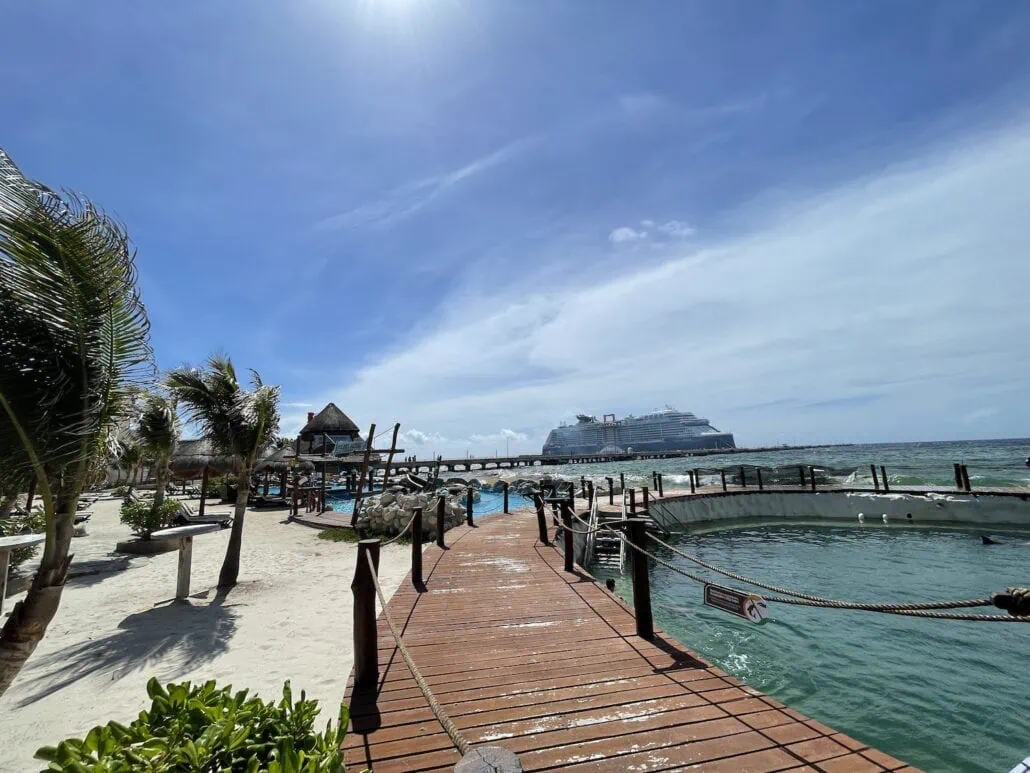
The Virgin Islands are not alone in increasing fees affecting cruise ships. In 2025, Mexico is introducing a new infrastructure tax of $5 per passenger in destinations like Cozumel and Costa Maya, adding to costs already absorbed by cruise lines. Plus another $42 tax in discussion with the Mexican government.
Other cruise ports around the world are evaluating similar hikes, citing infrastructure upgrades and environmental initiatives as key drivers.
Costs Passed to Passengers
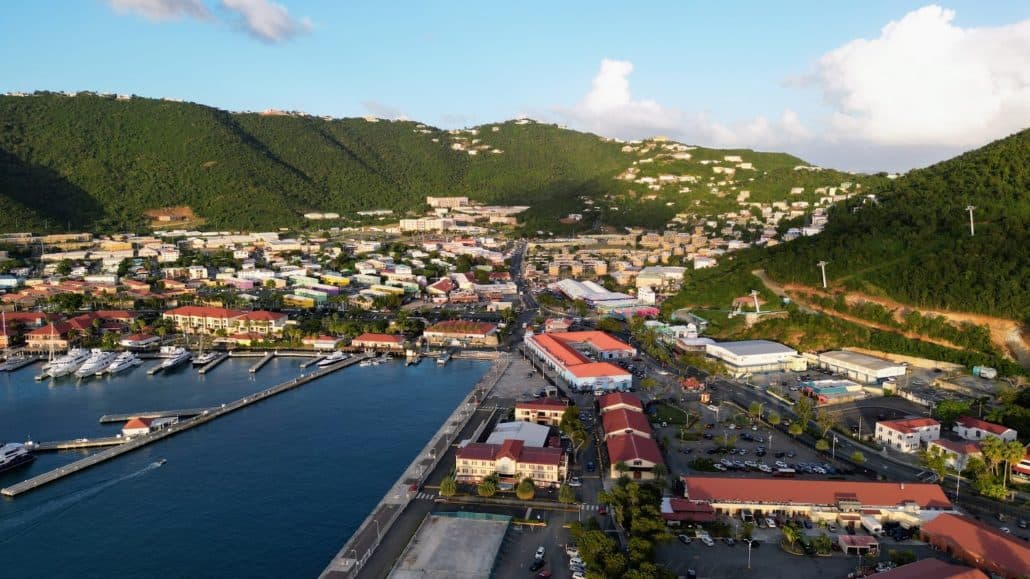
While port authorities emphasize the need for these fees to support local economies and environmental projects, cruise lines often pass these added costs directly to passengers.
These surcharges typically appear as line-item charges on final invoices, categorized as “port fees and taxes.” For cruise passengers, this means higher costs for cruises, even as base fares remain competitive.


